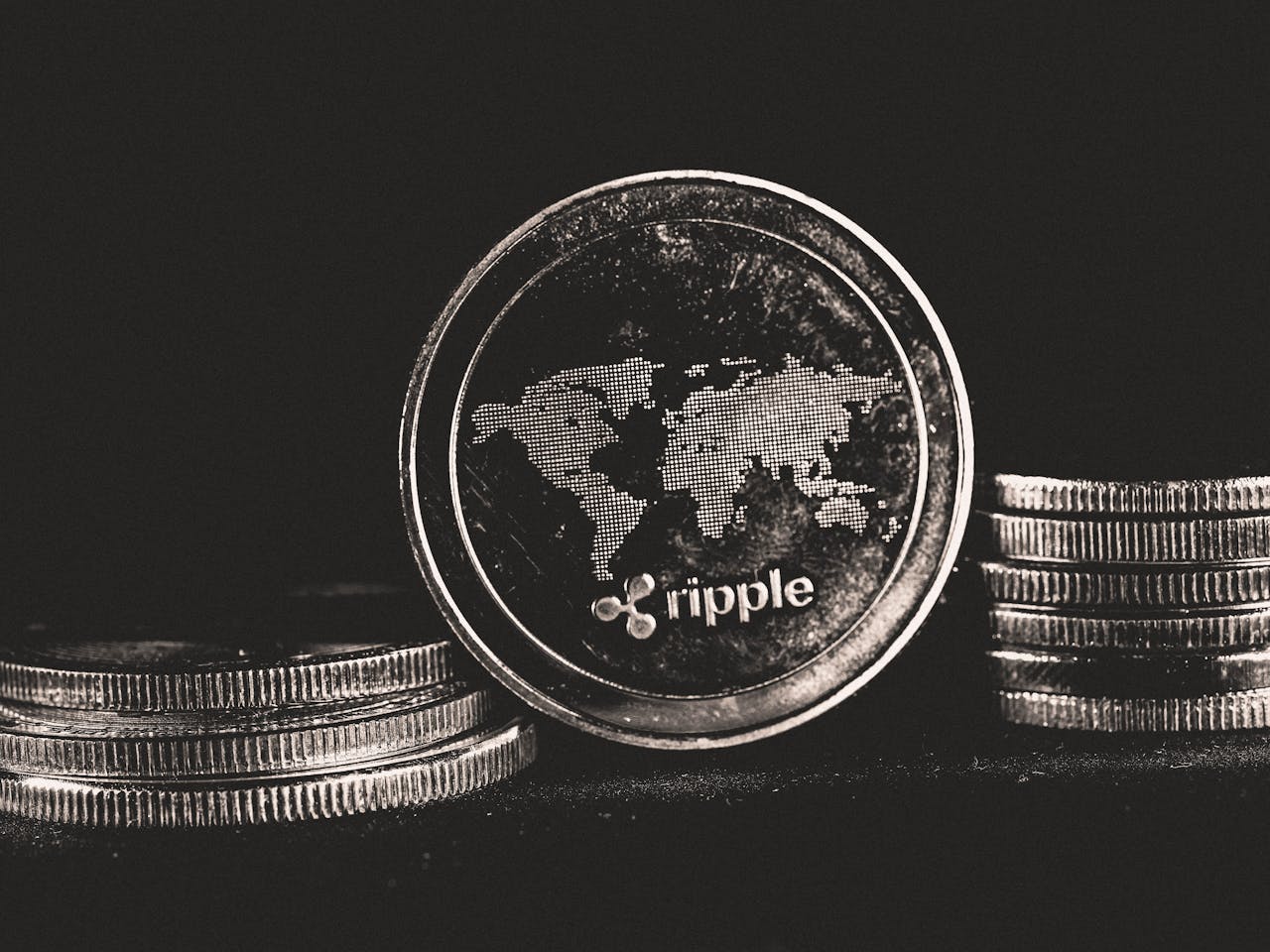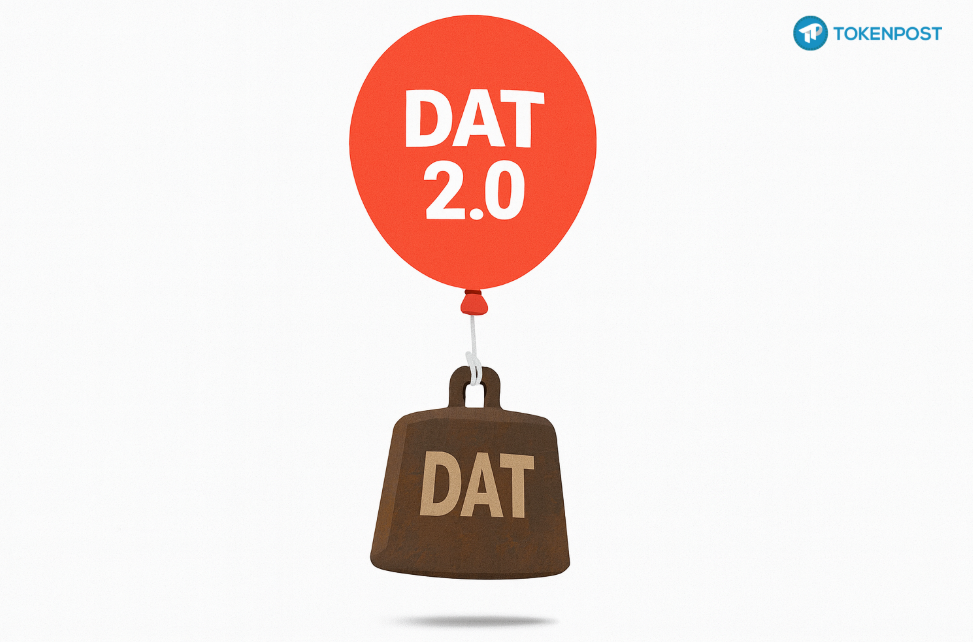Ethereum may face criticism for high transaction fees and slower speeds compared to emerging layer-2 blockchains, but for institutions managing billion-dollar transactions, these traits are a strength, not a weakness. When settling a $500 million interest rate swap, security and reliability outweigh cost considerations—making Ethereum the preferred settlement layer.
Retail traders chasing memecoins gravitate toward cheaper, faster alternatives, but institutions prioritize proven security and regulatory comfort. The premium for Ethereum’s infrastructure mirrors traditional finance, where firms pay higher fees to trade on the NYSE instead of OTC markets and rely on secure systems like SWIFT. In decentralized finance (DeFi), Ethereum serves as the digital equivalent of Fort Knox—trusted for high-value settlements.
Major banks are already building on Ethereum due to its decentralization, robust developer ecosystem, and deep integration with existing financial infrastructure. This institutional focus may create a reinforcing cycle, drawing more regulated entities to the network and cementing its role as a neutral, market-tested settlement layer.
High fees, often viewed as a flaw, function as a natural market filter—segmenting retail microtransactions from large-scale institutional activity. Rather than counting daily active users, institutions track where regulated players are deploying capital and infrastructure.
As U.S. stablecoin regulations advance and on-chain finance matures, Ethereum’s battle-tested security and legitimacy position it to dominate institutional DeFi. Far from being “dead,” Ethereum is becoming the backbone for high-value blockchain settlements, quietly shaping the future of global finance.


























Comment 0